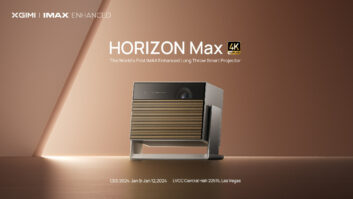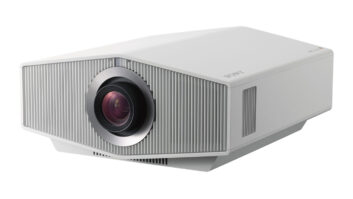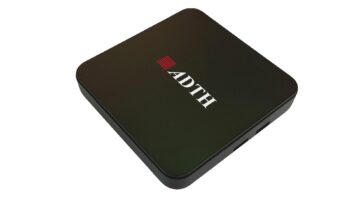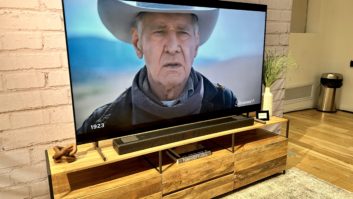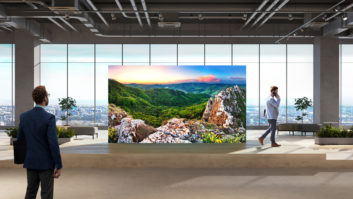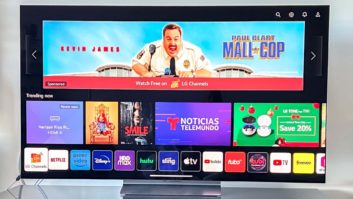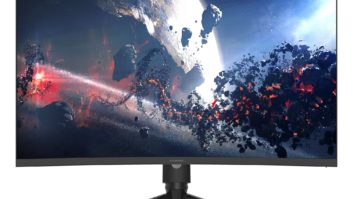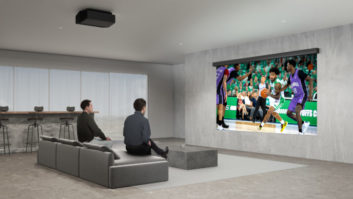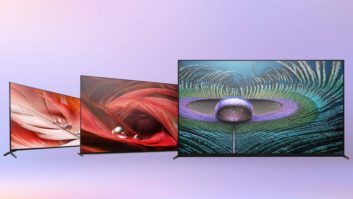TVs and video sources delivering the DCI-P3 or Rec. 2020 color gamuts promise to display a far broader range of colors than today’s Blu-ray players, streaming services, and 1080p HDTVs.
The first color standard, called CIE, was developed in 1931 to define the full visual spectrum that can be perceived by the human eye. Rec.709 , which delivers 34 percent of CIE, is the standard for HD broadcasting, HDTVs, DVD and Blu-ray and players. But gamut is widening.
Here are the color standards that preceded and followed Rec. 709 and what consumers can expect from Ultra HD technology, based on information supplied by QD Vision.
NTSC / PAL / SECAM (47% of CIE standard)
These standards developed in the 1950s and 1960s for analog TV broadcasting.
Rec.709 (34% of CIE)
Rec. 709 was introduced in 1990 by the International Telecommunication Union (ITU). It is the predominant standard for digital HD broadcasting and HDTVs worldwide. It’s also used in DVD and Blu-ray media and players. Rec.709 delivers less of the CIE standard than the NTSC.
sRGB (34%)
With growing adoption of computers, the sRGB color standard was introduced in 1996 by HP and Microsoft to deliver a gamut identical to Rec.709. sRGB is used in just about everything but TVs. It is used in internet streaming, monitors, projectors, cameras, printers, game consoles, smart phones, tablets, touch screens and the like.
Adobe RGB (50%)
Introduced in 1999 by Adobe, this standard is increasingly preferred by artists and photographers.
DCI-P3 (46%)
DCI-P3 was introduced in 2005 by a consortium of cinema, television and entertainment companies. It’s used in cinema-grade cameras, projectors and projection equipment
Rec.2020 (67%)
Introduced in 2012 by the ITU, Rec.2020 is optimized for ultra-high definition (UHD) displays and content distribution. Rec.2020 prescribes a color gamut that is nearly 70 percent of the full visual spectrum. It is 90 percent larger than Rec.709, today’s HD TV standard.





